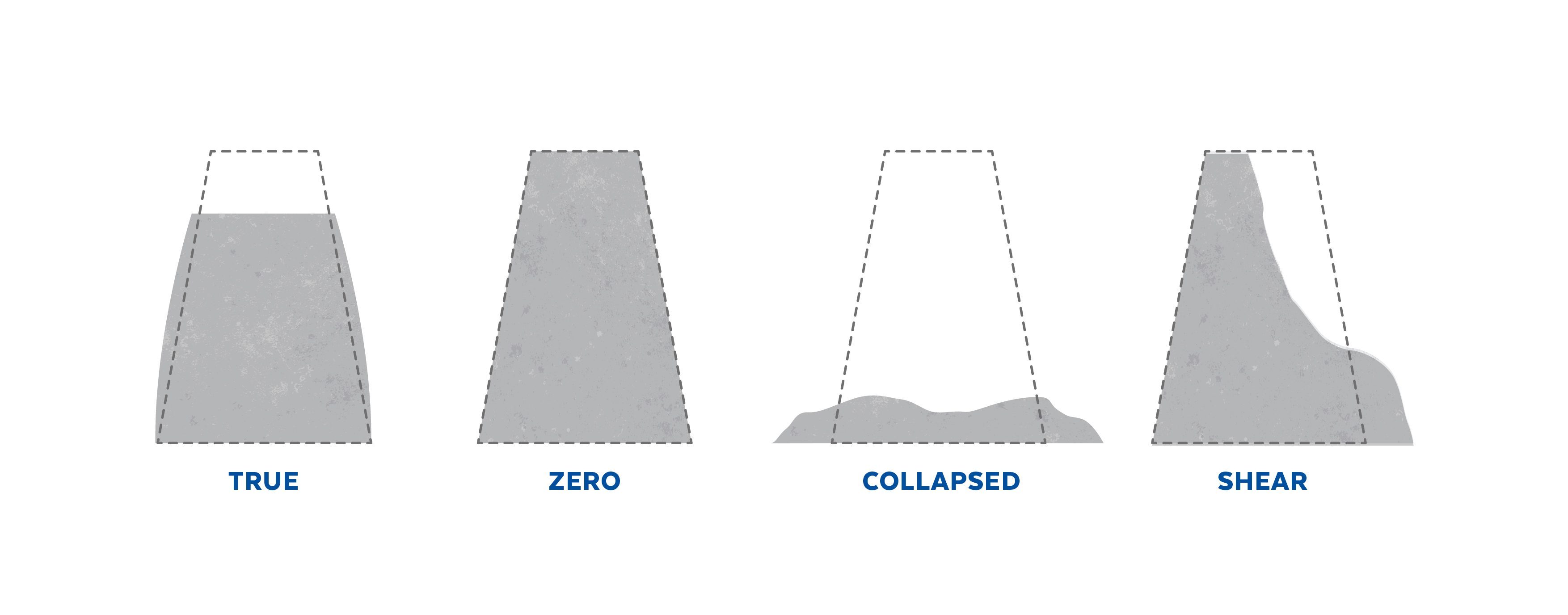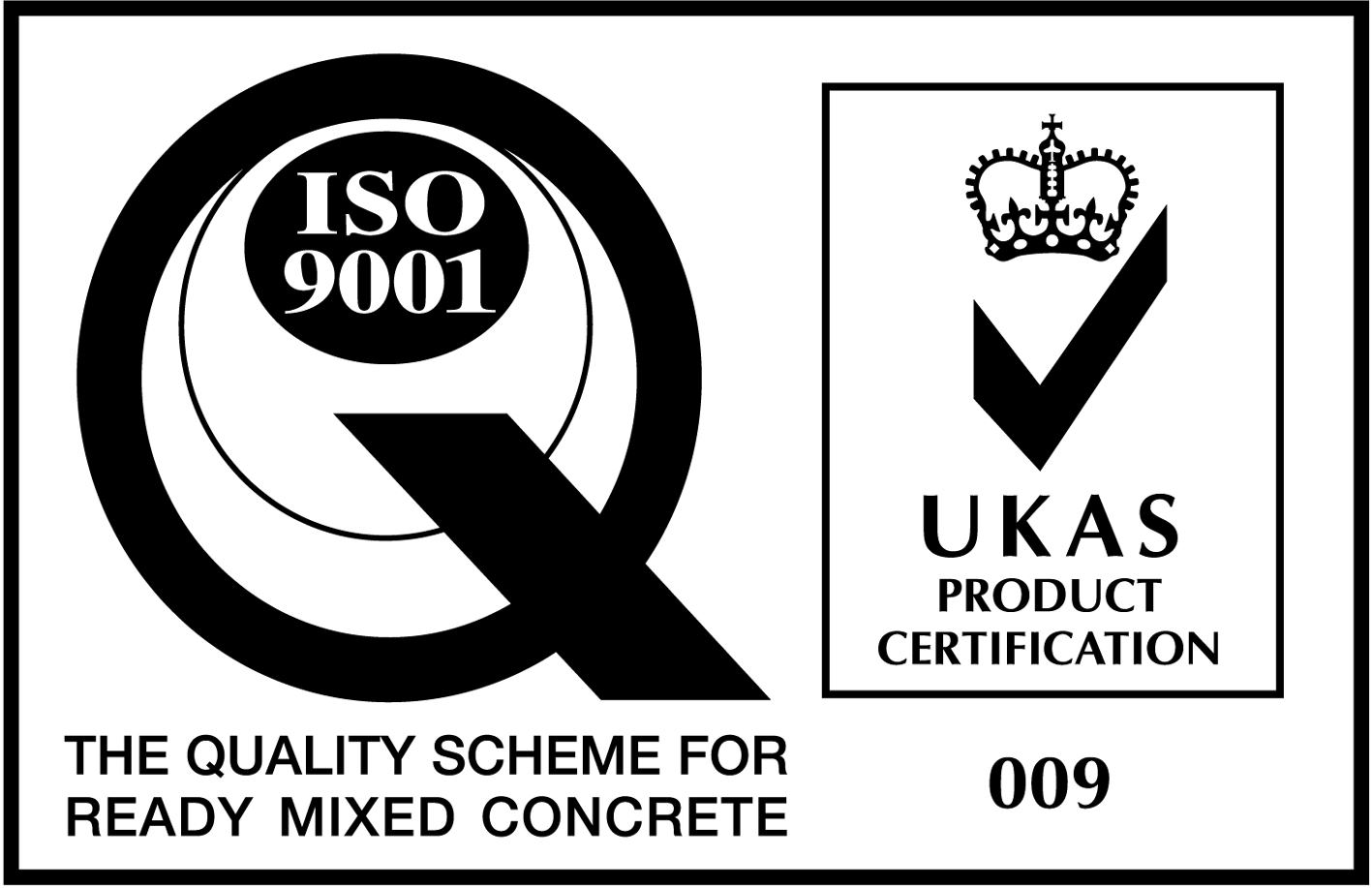What Is Meant By ‘Concrete Slump’ & Why Does It Matter?
There are several different types of concrete and it is important to know whether the one you are using is right for the job. One thing to take into consideration here is the ‘slump’ of the concrete – read on to find out more about what this is and how it affects your work.
- Looking to order concrete for a project? Place your order and book a delivery date with our team, call us on 0800 859 5371 for a quote!
What does ‘slump’ mean?
The ‘slump’ of concrete refers to the consistency of fresh concrete before it sets – the higher the slump, the more fluid the concrete is. It’s a fairly confusing term for a complex-sounding process, but it really is quite simple when it all boils down.
You may think that the word ‘slump’ is a bit out of place in the context of concrete, usually referring to the act of slouching or sinking, but it’s actually rather apt – it’s called that because it’s measured by testing how much a pile of concrete slumps down when left to stand! The test is done by filling a cone with a sample of the concrete, removing the cone, and measuring how far the concrete has slumped.
Concrete slump class
Concrete slump is labelled in terms of what class it falls into, ranging from S1 to S5, based on its average slump value – this is illustrated in the grid below. Concrete in class S1 is a relatively dry mix, and it gets more fluid the further up the classes you go.
| Class | Slump range | Target slump |
|---|---|---|
| S1 | 10 – 40 | 20 |
| S2 | 50 – 90 | 70 |
| S3 | 100 – 150 | 130 |
| S4 | 160 – 210 | 180 |
| S5 | 210 – N/A | 220 |
In terms of how each class should be used, the general consensus is that S1 concretes are best for kerb and pipework bedding, S2 for strip footings and hard-standing slabs, and S3 for trench-filled foundations requiring high flowability.
Concretes in the S4 and S5 classes require the help of an experienced concrete technologist due to their typically specialist applications such as foundations, slabs, and pumping/piling concrete.
Why do a slump test?
A concrete slump test is a way of finding out the consistency of different concretes. The benefits of performing a slump test are that it shows the workability of the concrete and the ease with which it flows, as well as being an indicator of an improperly mixed batch.

Checkout our guide on Concrete Slump Tests – a detailed guide on how to perform your won slump test.
Looking to order concrete for a project? Place your order with our team
ContactWhen working on a big project with several loads of concrete, a slump test can help to ensure that each one is uniform. So, knowing what the slump of your concrete is and what class it falls into is really important for getting your concrete mix ready for the job.
Here at Total Concrete, we provide top-quality concrete across the Surrey and Woking regions, mixed by us at our state-of-the-art batching plant for complete quality control.
Give the team a call on 0800 859 5371 to place your order.
For more information or to place an order, don’t hesitate to contact our friendly team today.
 Trade Zone
Trade Zone
